
With the increase in the frequency of using glass curtain walls, we have also accumulated experience in the process of glass curtain wall form design, structural details, material selection, and installation effect supervision. Among them, in the selection of hanging samples, we will pay special attention to the flatness of the glass by checking the reflection imaging of the glass.
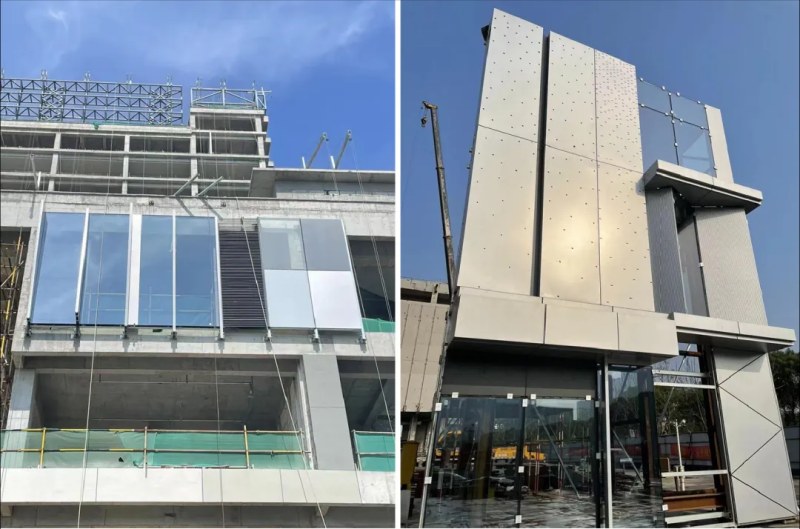
However, during the construction of a recent project, it was found that the reflection imaging restoration of the glass curtain wall was not satisfactory.
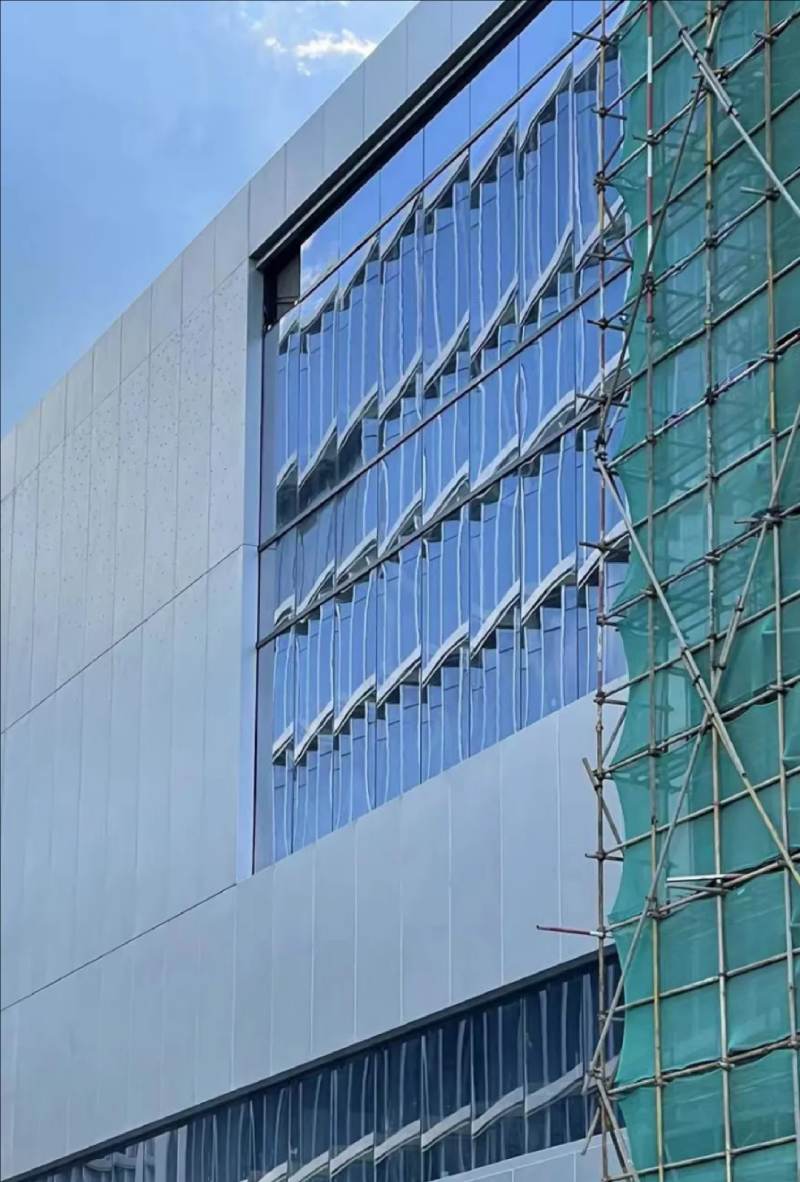
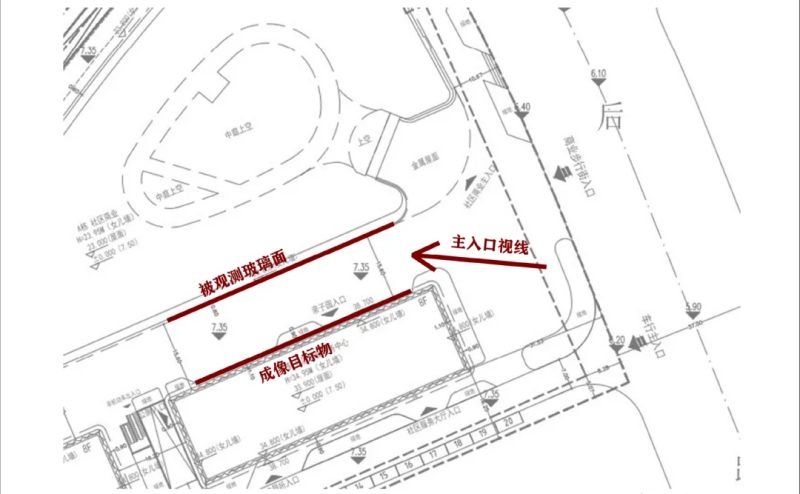
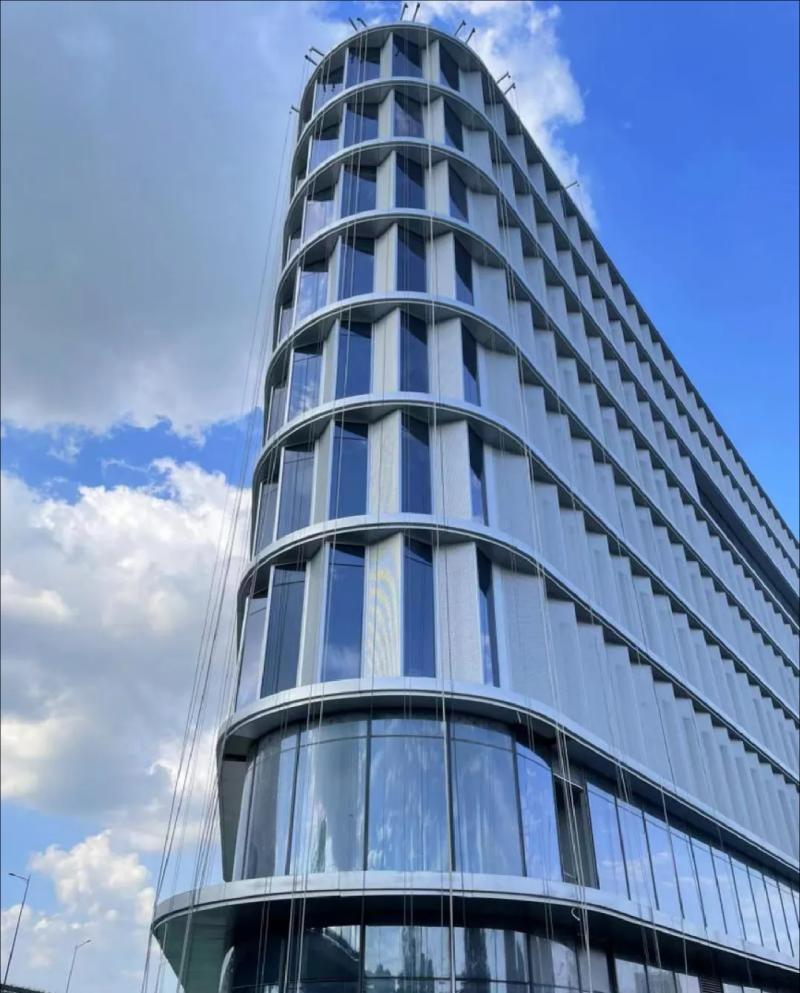
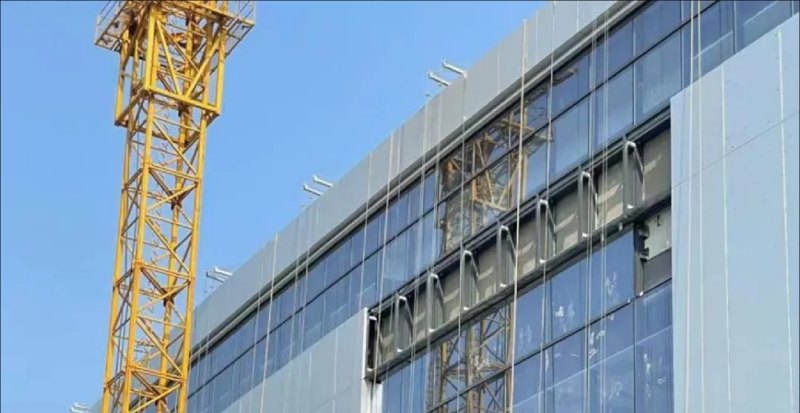
The projection distance from the main entrance of a commercial project is 16 meters from the façade of an office building, but the deformation of the projection engineering crane on the other side of the same building is not so obvious. What is the reason for this? Do other projects have similar problems? With this question in mind, we investigated several projects and found that all of them had varying degrees of imaging distortion.
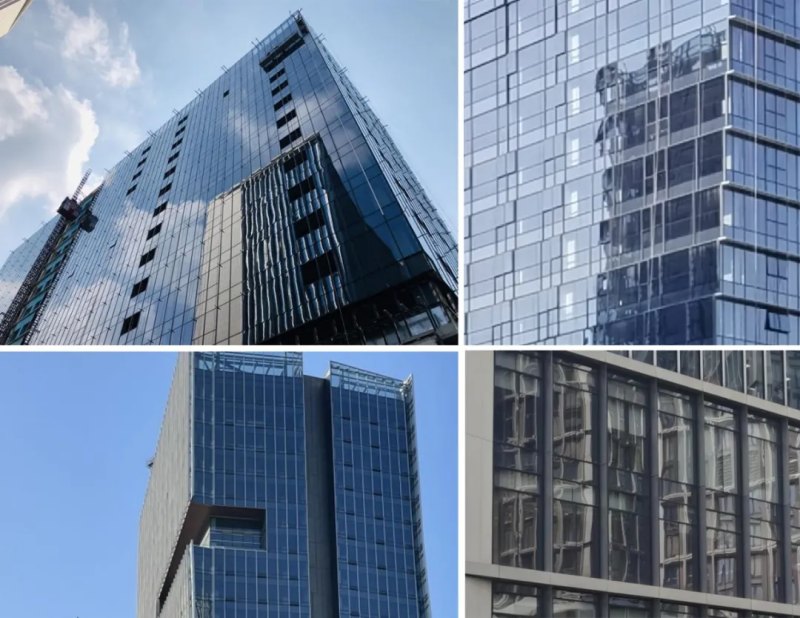
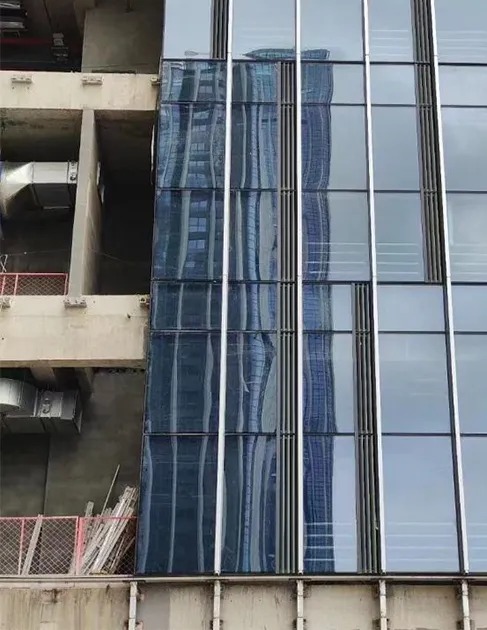
What is the cause of such widespread image distortion?
01 Temperedglass flatness

Insulating glass is composed of two or more pieces of glass spaced and sealed, and each glass surface will produce reflected light, if the glass surface is not completely parallel, the reflected light does not coincide completely, and it will produce ghosting.
02 Installation of the extrusion of the glass by the stressed member
Frame-type glass curtain wall often has two forms of open frame and semi-hidden frame, its glass is generally fixed on the inner keel by mechanical screws by aluminum alloy pressing plate or briquetting, when the pressing plate and briquetting are arranged in segmented spacing type, if there is an installation gap between the inner side of the glass and the keel, or the pressing plate does not adopt the fixed distance type, a mounting load will be applied to the glass here when the pressing plate is fixed, resulting in the deformation of the glass in the fixed part of the pressing plate:
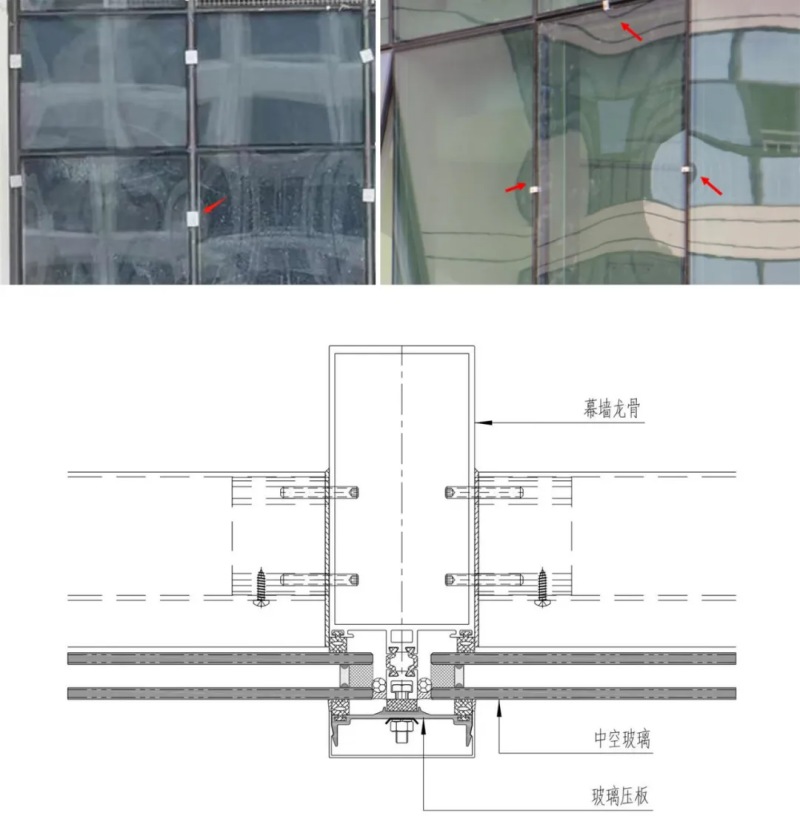
03 Environmental effects of temperature during use
Insulating glass is a product in which two or more pieces of glass are evenly separated by effective support, and the perimeter is bonded and sealed, so that a dry gas space is formed between the glasses.
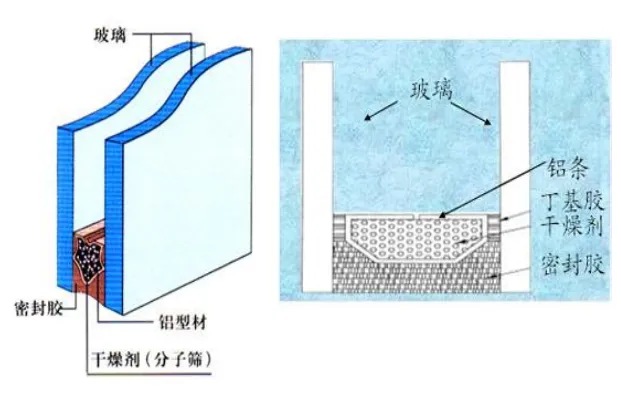
Due to the change of ambient temperature, the internal and external pressure of the insulating glass will increase, causing the concave and convex deformation of the glass.
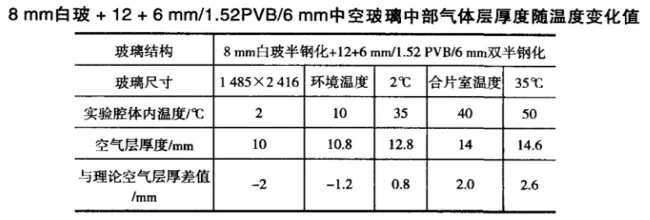
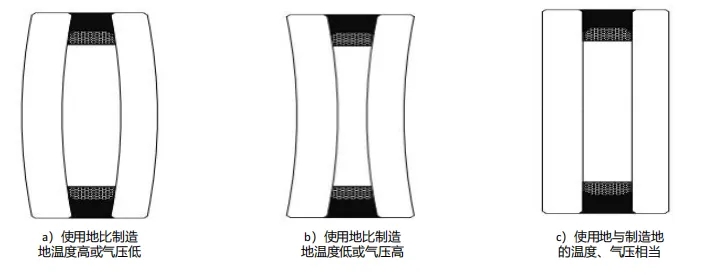
In the low-temperature winter environment, the air sealed in the hollow glass cavity is cold and shrinks, and the glass is absorbed into a concave mirror, and the lines will become "bulging belly", and the shape of the reflected object becomes larger.

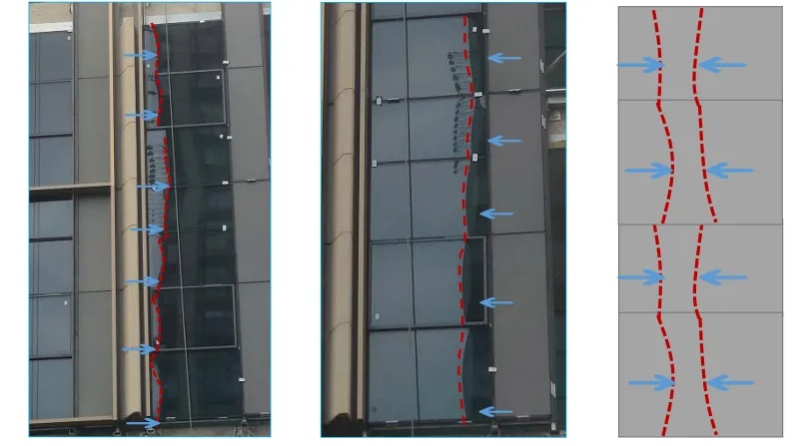
04 The shape and distance of the target to be imaged, etc
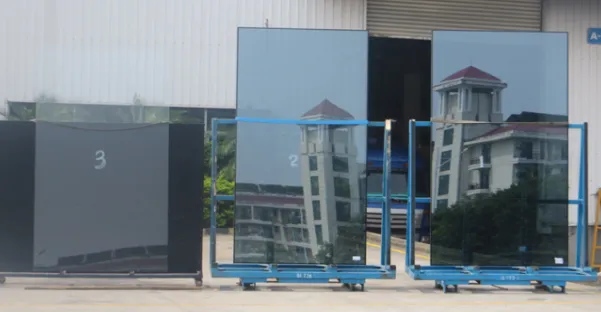
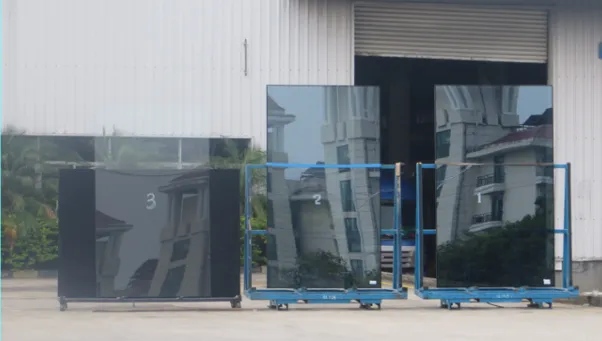
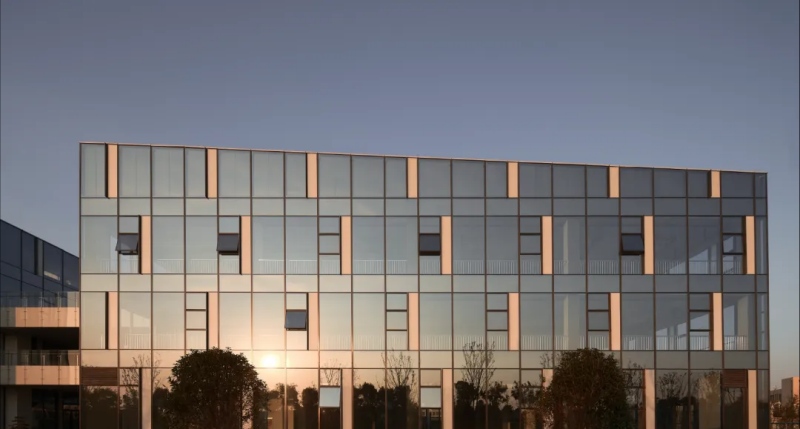
Name: Litong Glass
Mobile:+86 16632961602
Tel:+86 16632961602
Email:vip@litongglass.com
Add:Shahe city,Hebei,China